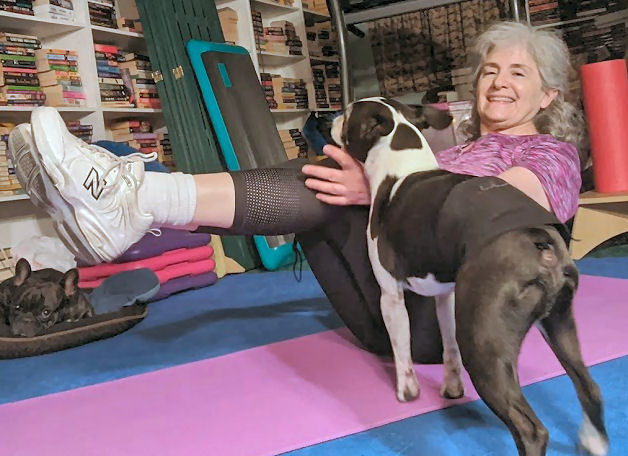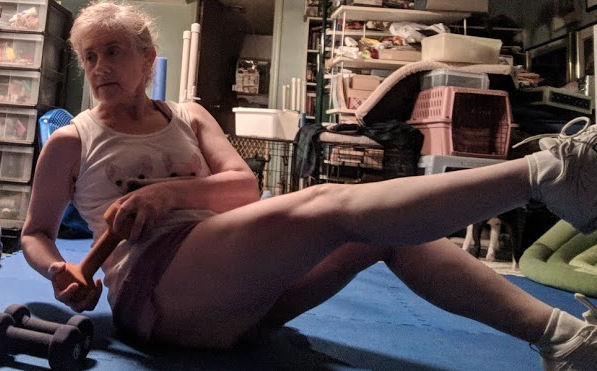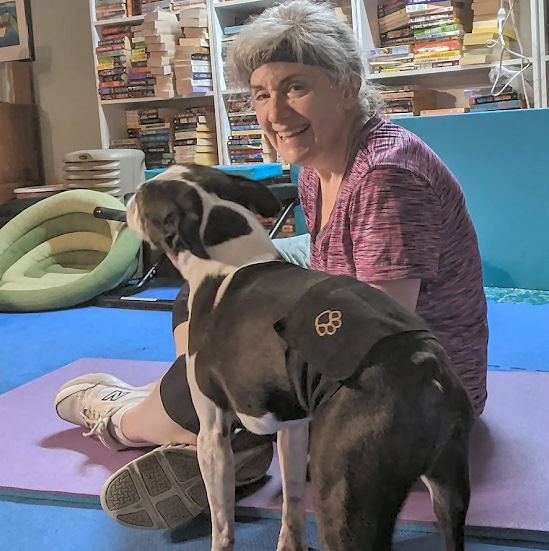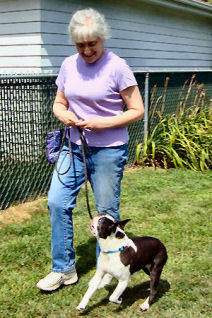During the height of the pandemic, most of us were vigilant about wearing masks and keeping social distance. Now, three years later, most of us have relaxed our vigilance. We’ve been vaccinated and boosted, and since the virus didn’t greatly impact us, we didn’t think about taking precautions when in a large gathering. And now it’s come back on me. I was at an Agility trial this last weekend, along with over a hundred other people (and their dogs). And now I tested positive and have mild symptoms. I don’t feel all that bad as I’m writing this, but I don’t feel that great either. Working holds no appeal at the moment, and if this article is not up to my usual standards, I apologize. So, how do you maintain your motivation when you’re sick?
Focus on one thing
When you’re sick, focus on one thing to accomplish. Any more than that and you’ll be overwhelmed and end up not getting anything done. So, figure out the most important thing you want to get done. Then, since your brain might not be working at its usual high level, think about how to start that task. Write it down. Motivation when you’re sick requires much more detail than at other times. When you’re well, once you start many tasks, the steps become a natural progression. But when you’re sick, those steps may not be clear. So write the steps down. Writing those steps down will change your mindset from planning to doing.
Do it
Then buckle down and do it. Motivation when you’re sick requires that you stay focused. Your thoughts may want to scatter in different directions, so it’s important that if you want to get things done, you reign in those thoughts and stay focused. This is not easy. I currently have eighteen tabs open in various browser windows. But I set the task of writing this article for myself. And I will finish it!
It’s not easy to maintain motivation sometimes, even when you’re feeling well. But when you’re sick, it’s even more difficult. So just try to get one task accomplished. See how you feel when it’s done. If you’re feeling good after that, move to the next item on your list. Last week I had some tips to maintain motivation, and one was celebrate the smallest victory. That applies here. Finishing anything when you’re ill deserves a celebration!
Things to remember if you’re sick
Meanwhile, things to remember if you are sick with COVID and are treating yourself at home (from the Mayo Clinic) – get lots of rest, drink plenty of water, throw those tissues away and wash your hands a lot. If you can, isolate yourself from the rest of the people in your household. And if your symptoms get worse, see a health professional.











